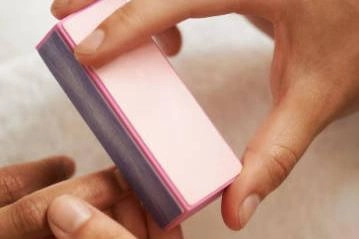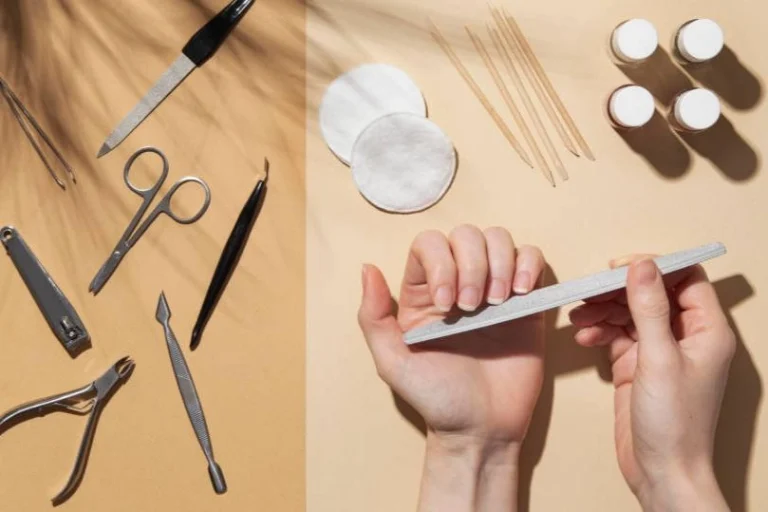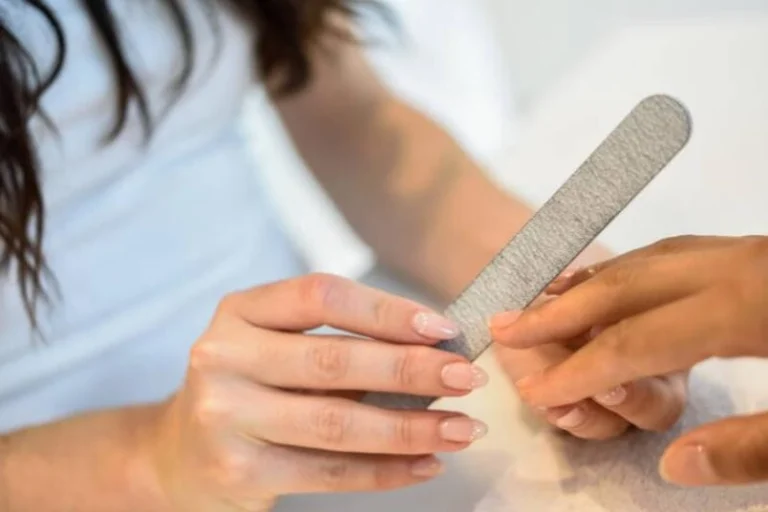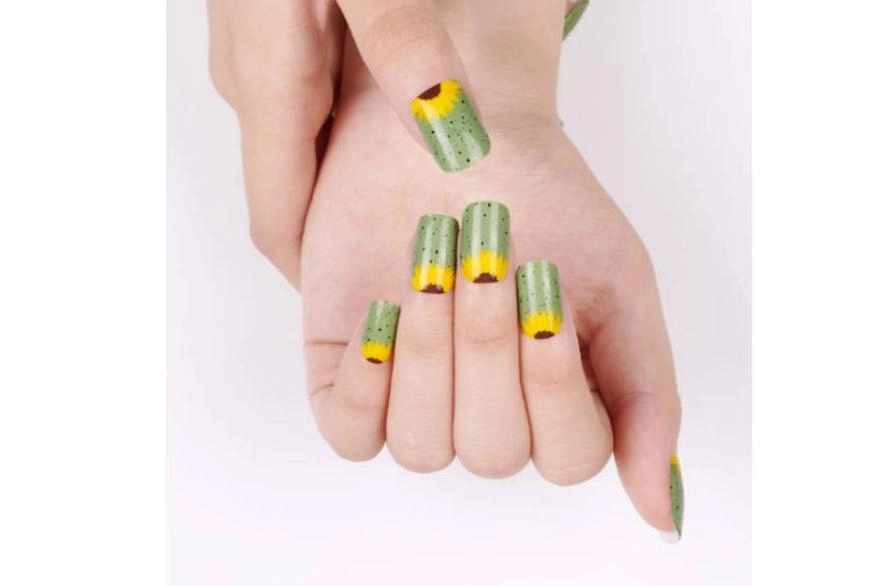
Understanding Silk Wrap Nails
What Are Silk Wrap Nails?
Silk wrap nails are a kind of nail enhancement created to fortify and shield natural nails. They use a thin silk material applied to the nail’s surface. This material is then fixed with glue and a protective coating. People love this option for its natural appearance while strengthening their nails. Unlike acrylic or gel options, silk wraps are light and bendable. They’re perfect for anyone wanting to keep their nails looking natural.
The Materials Used in Silk Wraps
The main component in silk wrap nails is silk cloth. This cloth is delicately woven and shaped to fit each nail. The silk gives a smooth feel and merges well with the natural nail. Besides silk, glues like resin are used to attach the cloth to the nail. A clear top layer is added to make it last longer and look shiny.
How Silk Wraps Differ from Other Nail Enhancements
Silk wraps stand out from other nail options like acrylics or gels. Acrylics mix a liquid and powder to form a tough layer. Gels harden under UV light. But silk wraps use fabric to reinforce nails. This makes them less harsh and kinder to nails. They’re also more breathable and lighter than other methods. This offers a comfy choice for people with delicate or weak nails.
Benefits of Silk Wrap Nails
Strengthening Weak or Damaged Nails
A key advantage of silk wrap nails is their ability to support weak or damaged nails. The silk cloth acts as a brace. It stops further cracking or splitting. This is great for people healing from nail damage due to harsh chemicals or other nail treatments.
Enhancing the Look of Natural Nails
Silk nail wraps create a smooth, even surface. This improves how natural nails look. They can be shaped and polished for a perfect finish. They keep a natural vibe. For those who like simple elegance over flashy designs, silk wraps are a great pick.
A Gentle Choice for Nail Repair
Unlike acrylics or gels, which may need heavy filing or harsh chemicals, silk wraps are easy on nails. They can be removed without much damage. This makes them ideal for people with sensitive nails or those wanting a short-term fix.
The Application Process of Silk Wrap Nails
Preparing the Nails for a Silk Wrap
Getting nails ready is vital for lasting silk wrap results. Start by cleaning and sanitizing hands and nails. Remove old polish or debris with acetone-free remover. This avoids weakening the nail. Shape nails by filing. Gently push back cuticles.
Step-by-Step Guide to Applying a Silk Wrap
- Cutting the Silk Cloth: Trim silk cloth to fit each nail’s size.
- Attaching the Cloth: Spread adhesive resin on the nail. Place the silk cloth carefully on top.
- Smoothing It Out: Use a stick to smooth any creases in the cloth.
- Sealing It: Add another layer of glue over the cloth to lock it in place.
- Buffing: Once dry, lightly buff the surface for smoothness.
- Top Coat: Apply a clear top layer for shine and protection.
Maintenance and Care for Lasting Results
To keep silk wrap nails in good shape:
- Avoid too much water exposure. It can weaken the glue.
- Add a fresh top coat every few days. This keeps them shiny and strong.
- Book touch-ups every two weeks as needed.
Comparing Silk Wraps to Other Nail Solutions
Acrylic vs. Silk Wraps: Key Differences
Acrylic nails and silk wraps have different goals and appeal to different needs. Acrylics use a liquid and powder mix that hardens into a strong layer. This is great for adding length or detailed designs. But it can feel heavy and less natural. Silk wraps, on the other hand, use thin cloth on the nail surface. They provide a light, flexible option. They enhance the natural look of nails. Silk wraps are gentler on nails. They’re ideal for people with sensitive or brittle nails. They also use fewer chemicals than acrylics. This reduces potential harm.
Gel Extensions vs. Silk Wraps
Gel extensions are another common choice compared to silk wraps. They involve applying a gel substance that sets under UV light. This creates a strong, glossy finish. Gel extensions are very durable. They’re great for people wanting long-lasting results. But they can be stiffer than silk wraps. Silk wraps are more flexible and breathable. This makes them comfier for daily wear. Removing gel extensions often requires soaking in acetone. This can weaken nails over time. Silk wraps can be removed with less impact on nail health.
When to Choose Silk Wraps Over Other Methods
Silk wrap nails are a smart pick when you care about keeping your natural nails healthy. They work well for fixing cracks or splits without adding bulk or length. If you have weak nails or want subtle enhancements instead of bold designs, silk wraps are elegant. Their light feel makes them perfect for people who find acrylics or gels uncomfortable.
Who Should Consider Silk Wrap Nails?
Ideal Candidates for Silk Wraps
People with weak or damaged nails are great candidates for silk wrap nails. The silk cloth strengthens nails and protects against further breaks. It also helps nails grow. Those who love a natural look will like the smooth finish of silk wraps. If you’re sensitive to chemicals in acrylics or gels, silk wraps are a milder option.
Addressing Specific Nail Concerns with Silk Wraps
Silk wrap nails are great for fixing common nail issues like splitting, peeling, or uneven surfaces. The cloth acts as a shield. It protects nails from external stress. It also smooths out flaws. This is perfect for people recovering from damage due to harsh products or poor nail care. Their breathable design keeps the nail underneath healthy.
Tips for Maintaining Healthy Nails with Silk Wraps
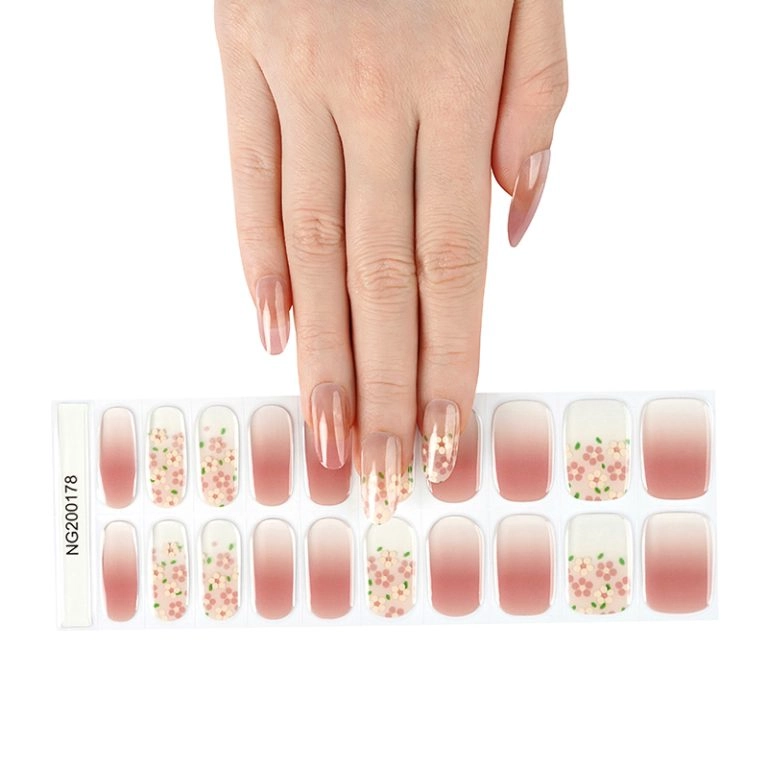
Best Practices for Daily Nail Care
To keep silk wrap nails in top condition:
- Moisturize hands with cuticle oil or cream.
- Avoid long water exposure. Wear gloves when washing dishes or cleaning.
- Apply a clear top coat every few days. This maintains shine and strength.
- Gently file rough edges to avoid snagging.
Regular care extends the life of silk wraps. It also supports nail health.
Avoiding Damage to Your Silk-Wrapped Nails
Silk wrap nails are sturdy but need careful handling:
- Don’t use nails to open packages or scrape surfaces.
- Limit contact with harsh chemicals like cleaners. Wear gloves.
- Book touch-ups every two weeks to fix lifting or wear.
- Use acetone-free polish removers when changing colors. This prevents weakening the glue.
Felice offers high-quality nail products designed for style and durability. They ensure comfort and protection for natural nails. Their range fits various tastes. Explore Felice’s collection on DHgate. You’ll find top-notch nail products at great prices for all your manicure needs!
FAQ
Q: What are silk wrap nails?
A: Silk wrap nails are a nail improvement method that uses delicate silk cloth placed on the natural nail. The cloth is fixed with glue and covered with a protective layer. They fortify and shield weak or damaged nails. They keep a natural appearance.
Q: How do silk wrap nails help fragile or damaged nails?
A: Silk wraps serve as a supportive barrier. They strengthen frail or brittle nails. They stop further cracks, splits, or peeling. This makes them perfect for nails healing from harm due to harsh chemicals or other nail treatments.
Q: Are silk wrap nails safe for sensitive nails?
A: Yes, silk wraps are milder than acrylics or gels. They use fewer chemicals when applied or removed. This lowers the risk of damage to sensitive or weakened nail beds.

